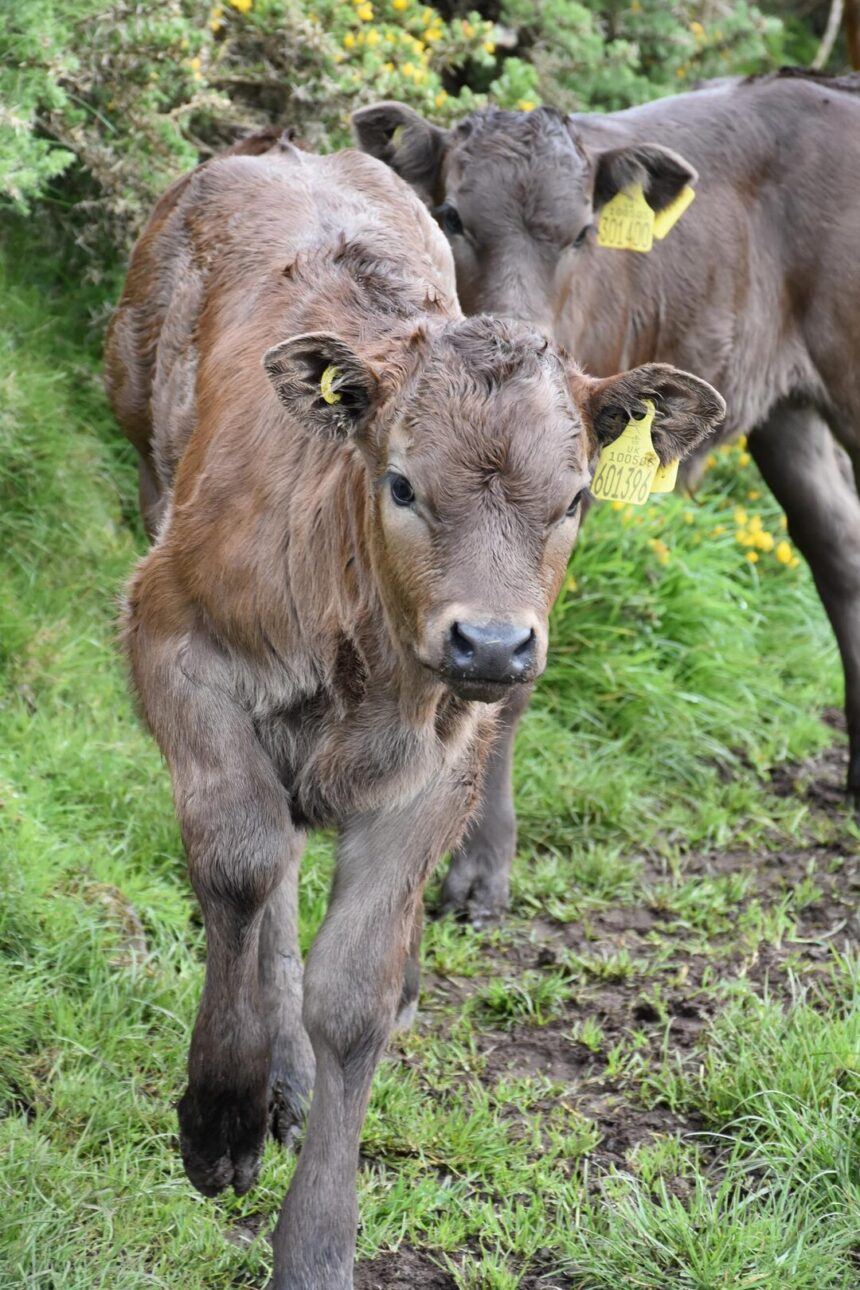Shorthorn cattle have long been admired for their versatility, adaptability, and excellent beef production qualities. In South Africa, where cattle farming plays a significant role in agriculture, Shorthorns are valued for their meat quality, efficiency, and adaptability to various environments. Whether you’re a seasoned cattle breeder or considering starting a Shorthorn operation, here are 10 important things you should know about breeding and farming Shorthorn cattle in South Africa:
1. Dual-Purpose Breed
Shorthorn cattle are renowned as a dual-purpose breed, excelling in both meat and milk production. While their primary focus is beef production, Shorthorns also produce milk with high butterfat content, making them a versatile choice for farmers looking to maximize productivity.
2. Excellent Meat Quality
Shorthorn beef is highly regarded for its exceptional quality, tenderness, and flavor. Known for its marbling, Shorthorn meat is prized by consumers and chefs alike for its superior eating experience, making it a valuable commodity in the marketplace.
3. Adaptability to Various Climates
Shorthorn cattle are adaptable to a wide range of climates and environmental conditions, from the humid coastal regions to the arid inland areas of South Africa. Their ability to thrive in diverse environments makes them suitable for extensive grazing systems and different management practices.
4. Hardy and Resilient
Shorthorn cattle are known for their hardiness, resilience, and ability to withstand harsh environmental conditions. They have strong immune systems and natural resistance to common cattle diseases, reducing the need for veterinary interventions and ensuring long-term herd health.
5. Calving Ease
Shorthorn cows are renowned for their ease of calving, with relatively small birth weights and good maternal instincts. This reduces the risk of calving difficulties and contributes to higher calf survival rates, making Shorthorns an attractive option for breeding and commercial cattle operations.
6. Fertility and Reproductive Performance
Shorthorn cattle exhibit excellent fertility and reproductive performance, with cows typically producing calves at regular intervals. High fertility rates and good mothering abilities contribute to increased calf crops and overall herd productivity.
7. Feed Efficiency
Shorthorn cattle are efficient converters of feed into meat, with excellent feed conversion ratios that contribute to their economic viability as beef producers. They thrive on a variety of forages and grazing systems, making them well-suited for both pasture-based and feedlot operations.
8. Genetic Selection and Improvement
Selective breeding programs have played a significant role in improving Shorthorn genetics, focusing on traits such as growth rate, carcass quality, maternal ability, and adaptability. Modern breeding techniques, such as genomic selection, enable breeders to accelerate genetic progress and enhance desired traits.
9. Heritage and Tradition
Shorthorn cattle have a rich heritage and tradition in South Africa, with a long history of contributing to the country’s beef industry. Today, Shorthorns continue to be valued for their role in sustainable agriculture and their contribution to food security and rural livelihoods.
10. Supportive Breed Associations
Breed associations, such as the South African Shorthorn Society, provide valuable resources, support, and networking opportunities for Shorthorn breeders and enthusiasts. These organizations promote the breed, facilitate genetic improvement programs, and offer educational initiatives to support the success of Shorthorn farmers.
In conclusion, breeding and farming Shorthorn cattle in South Africa offer numerous benefits, including dual-purpose capabilities, excellent meat quality, adaptability, hardiness, and fertility. By understanding these 10 key insights into Shorthorn husbandry, cattle breeders and farmers can make informed decisions to optimize herd performance, profitability, and sustainability in their operations.
Join 'Farmers Mag' WhatsApp Channel
Get the latest Farming news and tips delivered straight to your WhatsApp
CLICK HERE TO JOIN






